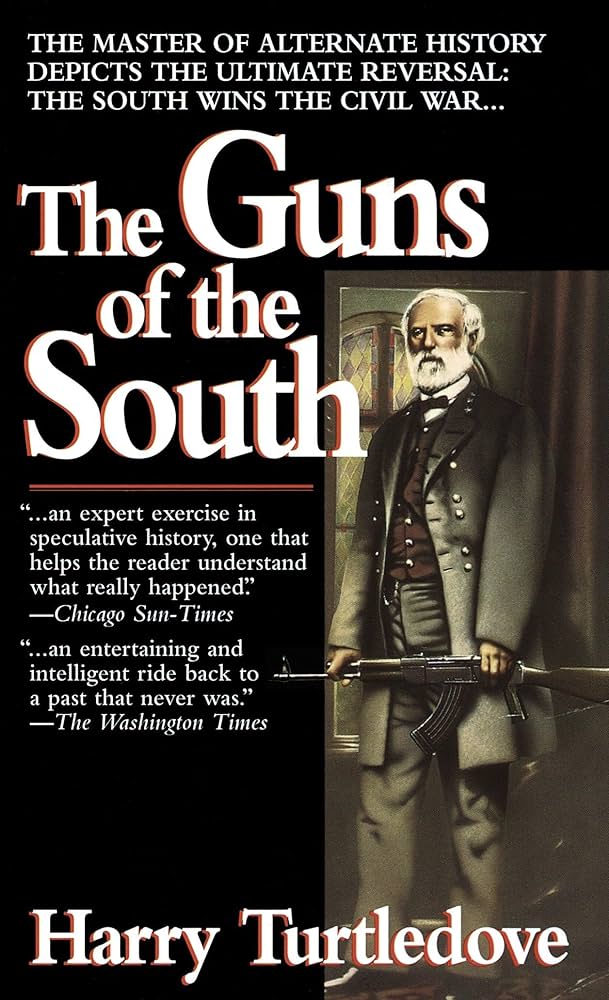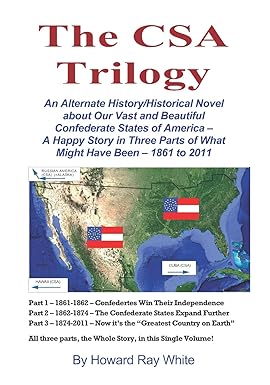Guns reflects the growing international scope of white nationalist movements. Twenty-first-century South Africans bring AK-47s to the Confederacy to help establish the South as a white supremacist nation, hoping to prevent the collapse of Apartheid in South Africa in the 1990s. Turtledove foreshadowed the growing international connections between white supremacists. The late twentieth-century’s revolution in personal computing and internet access allowed white supremacists around the world to share ideas online. The Lost Cause and Confederate symbols can be found in many foreign and domestic forums today not just as a white supremacist symbol, but a generalized stance against a multicultural liberal consensus.” Over the past two decades, online white identitarians have increasingly embraced the Confederate flag to the exclusion of more incendiary symbols like the Swastika, which is more likely to be banned by most websites’ rules of conduct. The Afrikaners who time-traveled from 2014 to 1864 hoped that saving the Confederacy would strengthen the white supremacist movement in the 21st century. Post-Civil Rights Movement, American white supremacist organizations that had formerly been at odds, such as the Klan and Neo-Nazis, began working together as they lost political power, and the internet allowed like-minded white supremacists from around the world to commiserate and plan together.
This post-Civil Rights era moment of cultural reinvention created what I call the “New Lost Cause.” Formed in the wake of the late twentieth-century white power movements, the New Lost Cause was part of growing international white supremacist movement that foreshadowed the rise of the alt-right. Post Civil Rights-era literary works in the New Lost Cause use much of the classic Lost Cause mythos but are broader and more flexible in their historical details.
For example, the preposterously titled The CSA Trilogy: An Alternate History/Historical Novel about Our Vast and Beautiful Confederate States of America — A Happy Story in Three Parts of What Might Have Been — 1861 to 2011 has a New Lost Cause memory of the war that has proven useful to the alt-right. Since the 1990s, the Neo-Confederate movement has created a more masculine version of the Lost Cause that works to apply to politics well beyond race. The book is broken into three parts, covering the CSA’s acquisition of new territory and political development through 2011, which White presents as historically possible, claiming even the fictional details are based on sound evidence and reasoning.

